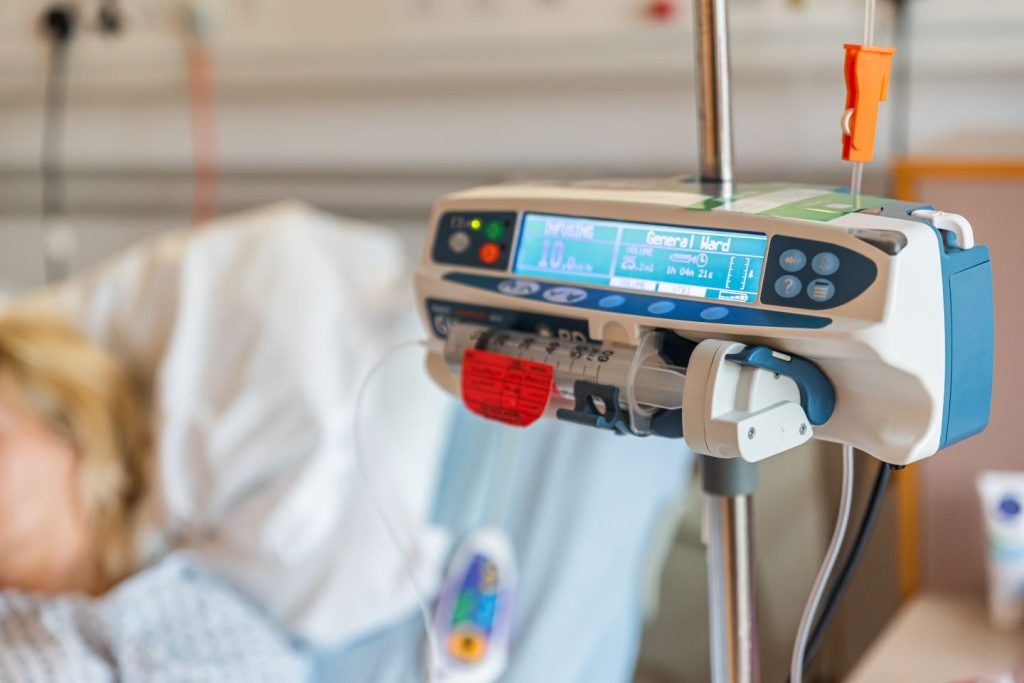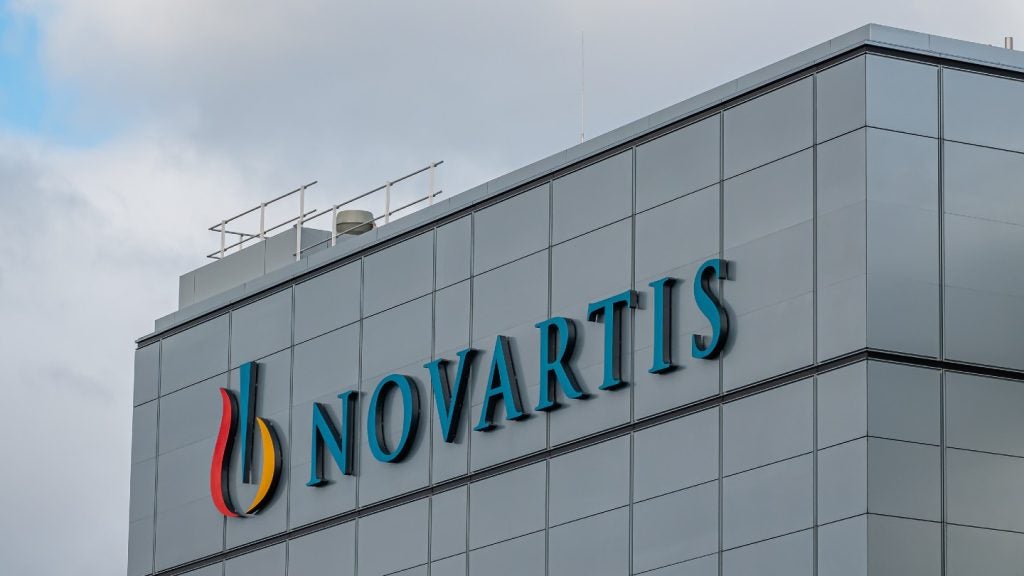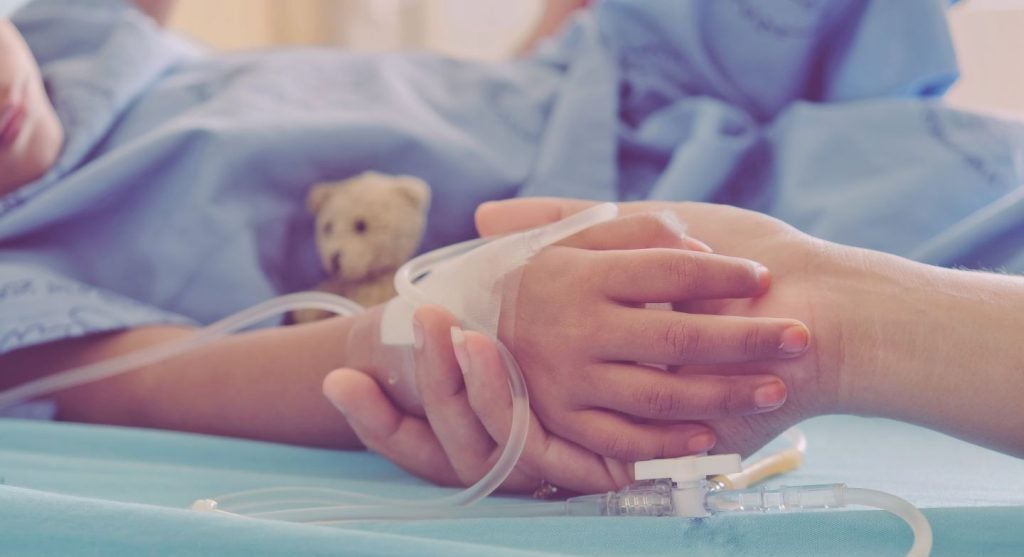Dr Ryuki Chatani of Kurashiki, Japan, shared his findings regarding clinical features and long-term outcomes of cancer-associated venous thromboembolism (VTE) at the 2023 European Society of Cardiology (ESC) conference in Amsterdam. Dr Chatani compared patients receiving warfarin against those who were given the newer direct oral anticoagulants (DOACs) and found that the DOACs had positive effects on patient outcomes on several measures. These conclusions support the use of DOACs in VTE patients with cancer—a patient population in which DOAC use is not yet approved.
VTE is a condition that occurs when a blood thrombus forms in an individual’s vein and includes both deep vein thrombosis (DVT) and pulmonary embolism (PE). Warfarin, a vitamin K antagonist (VKA), was previously a VTE therapy mainstay. However, DOACs have risen in popularity in the past ten years due to their low associated bleeding risk and ease of administration as an oral pill.
An EU key opinion leader (KOL) noted: “[Warfarin] has been popular for quite a while, but now it’s totally finished. We just use warfarin in patients with renal failure. But in 99.99% of cases, we use oral anticoagulants, novel oral anticoagulants.”
DOACs represent important advances over warfarin because they have predictable pharmacological profiles and do not require routine blood monitoring or dose adjustments. Furthermore, DOACs have fewer drug-drug interactions, an absence of major dietary effects, and have proven to be superior to other VTE therapeutics, including warfarin, in terms of efficacy and safety. Although VTE patients with cancer are able to use low molecular weight heparins (LMWH), this subcutaneous drug is highly inconvenient for patients and is associated with thrombocytopenia and haemorrhage. Thus, GlobalData KOLs indicate that cancer-associated VTE presents a significant unmet need in the treatment space, as the risk of VTE in cancer patients is said to be ninefold higher than in the general population and is steadily increasing. DOAC use may not be approved in VTE cancer patients, but GlobalData KOLs share that these drugs are becoming commonplace as a treatment, given the promising results from recent clinical trials supporting the safety of DOAC use in this patient population. Dr Chatani’s study findings further bolster these claims.
Dr Chatani and researchers pulled data from the Command VTE-Registry, examining 29 centres between 2010 and 2014 in what they termed the “warfarin era” (Registry-1) as compared to 31 centres between 2015 and 2020 in the “DOAC era” (Registry-2). In Registry-1, DOACs were used in 3% of patients (N = 20) and warfarin in 83% of patients (N = 576), with the remaining 14% receiving another kind of drug. Comparatively, in Registry-2, the DOAC prescription rate increased to 80% (N = 1,199) while warfarin prescriptions fell to 11% (N = 164). Chatani and colleagues noted the hospitalization and median duration of hospitalization decreased from 82% to 66% and 16 days to 14.5 days between the warfarin-era group and the DOAC-era group. Additionally, they saw the VTE recurrence rate was moderately decreased, the major bleeding rate was mildly decreased, and no significant difference in gastrointestinal bleeding rate. Thus, there were less frequent and shorter duration of hospitalisations among VTE cancer patients receiving DOACs compared to warfarin, as well as less VTE recurrence and instances of major bleeding.
These results reinforce previous clinical trial findings supporting the use of DOACs in VTE patients with cancer. The four DOACs, namely Eliquis (apixaban), Xarelto (rivaroxaban), Pradaxa (dabigatran), and Savaysa/Lixiana (edoxaban), have patents that are set to expire or have already begun to expire, in the coming years. As cheaper generic alternatives enter the market, VTE cancer patients will be presented with affordable, safe, and effective therapies that can help in the management of their condition.















